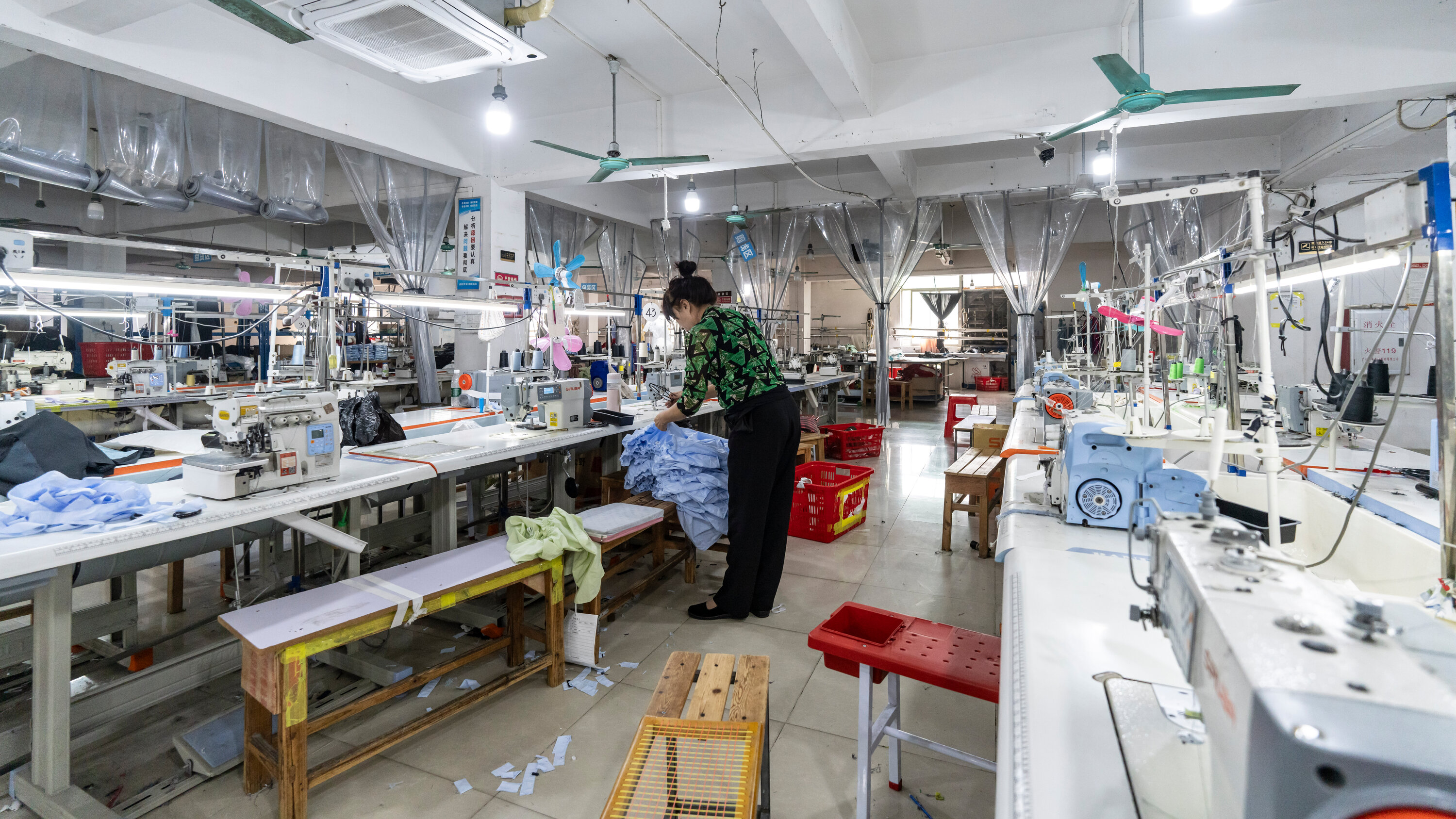Manufacturing Momentum Stalls: China's Industrial Sector Feels Trade War Pinch

The ongoing trade tensions between the United States and China have begun to cast a shadow over international commerce, with the latest manufacturing activity report for April revealing a significant slowdown. The escalating tariff war between the world's two largest economies is now showing clear signs of impact, as businesses grapple with increased economic uncertainty and rising trade barriers.
The April manufacturing report highlights the growing strain on both nations' industrial sectors, underscoring the broader economic consequences of the prolonged trade dispute. Manufacturers are feeling the pinch as tariffs continue to disrupt established supply chains and increase the cost of doing business across international borders.
This latest data serves as a stark reminder of the complex economic interdependence between the United States and China, and the potential ripple effects of their ongoing trade confrontation. As tensions continue to simmer, businesses and economists alike are closely watching the unfolding economic landscape.
